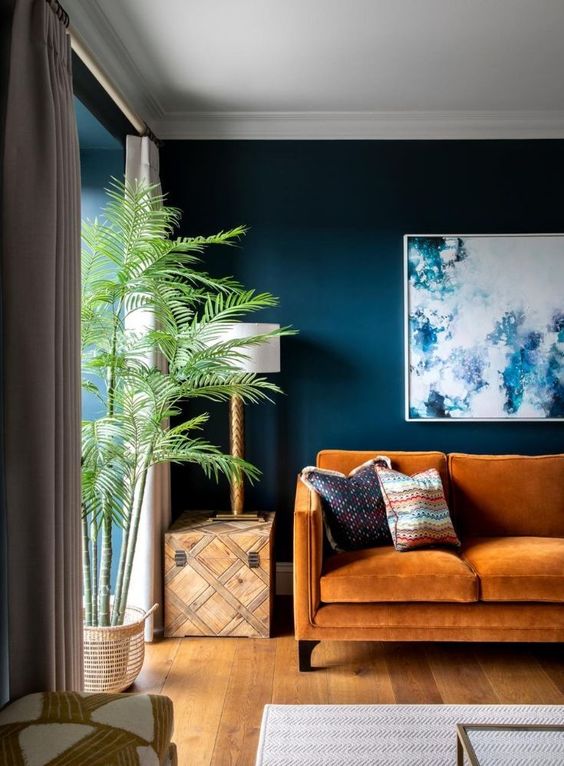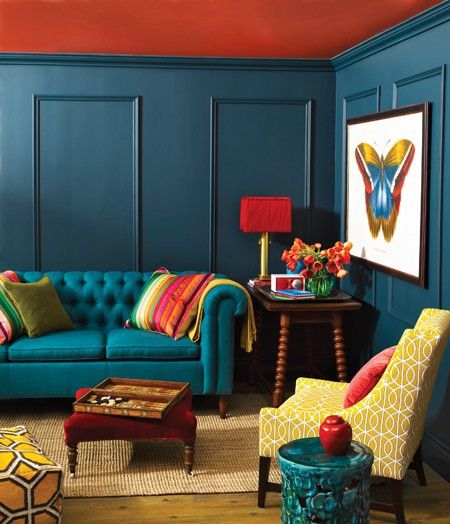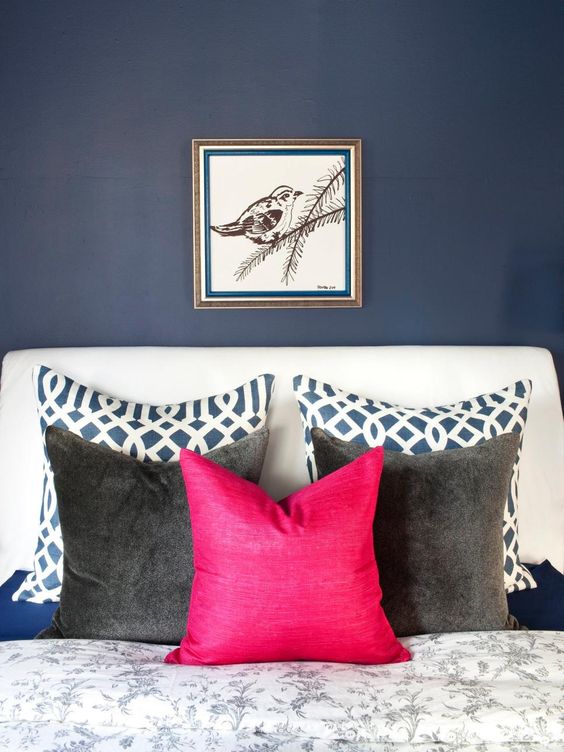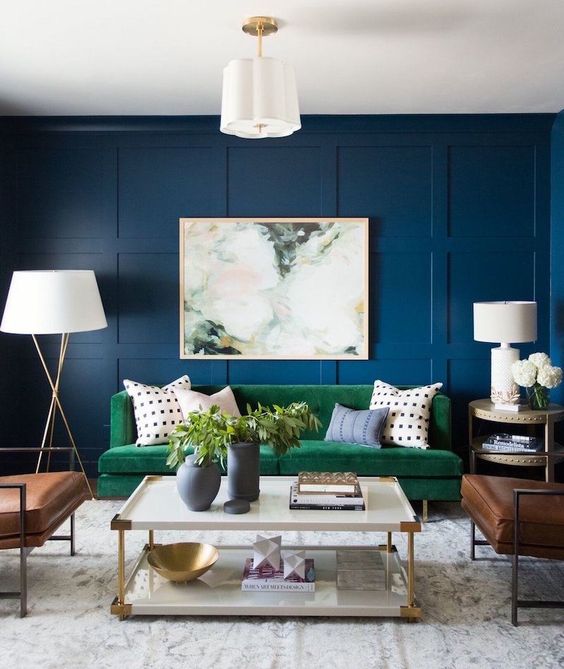The history of Indigo…
Indigo is a rich, deep colour sitting close to blue and violet on the colour wheel. The name Indigo is a Greek term meaning “from India”, the colour is named after the Indigo dye derived from the Indigofera plant, naturally originating in India, Asia and Africa.
Indigo dye has been cultivated and used in textiles for centuries, in the 1500’s when Europe were trading goods such as spices and silk with India, Indigo dye began to be included. The exotic dye soon became on of the most popular blues available, with its stronger and superior pigments.
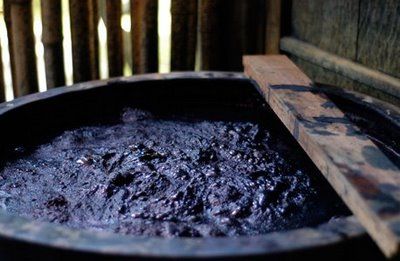
Whilst synthetic dyes have largely taken over the market due to the lengthy process of natural Indigo dyes (taking nearly a year to make, from harvest to fermentation), a select few communities continue with the traditional method.
Here is an wonderful video showing the amazing story of Indigo dye.
What are the Psychological effects of the colour Indigo?
Indigo holds significance around the world, encapsulating a sense of wonder, honesty and wisdom. It is a colour which stimulates our minds both logically and emotionally.
Indigo speaks to our own minds, presenting reflection and contemplation.
How to use Indigo in your interiors…
Using Indigo in a scheme certainly creates a powerful impact, however it is important to consider how long you will be spending in the room, to much of a strong colour such as Indigo, for long periods of time can become overwhelming.
It is an amazing colour to create a Wow Factor and a dramatic first impression. Consider throwing the colour up on the walls in a bathroom where you want to create a cocoon feeling, for time of relaxation and self reflection, as well as opulence when paired with gold accents.
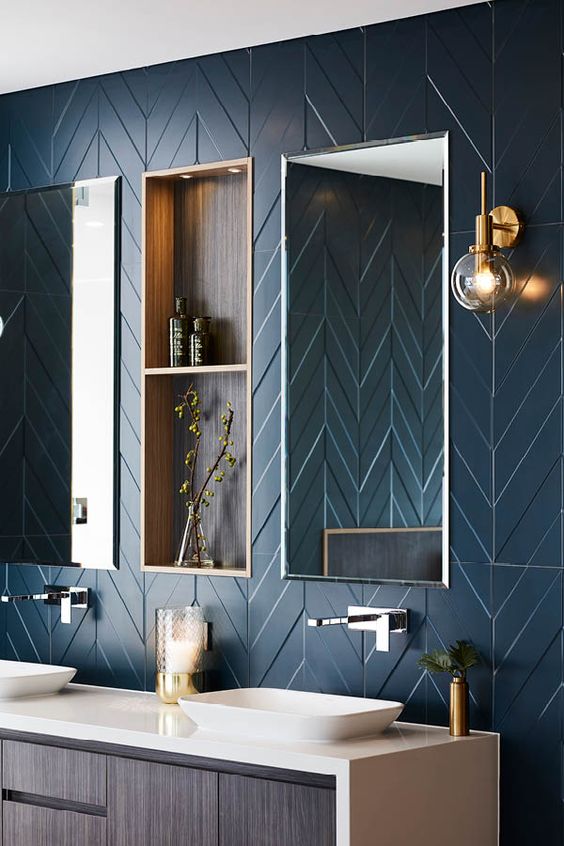
Using Indigo on walls works really well in spaces such as libraries or cosy snugs / media rooms and headboard walls in bedrooms.
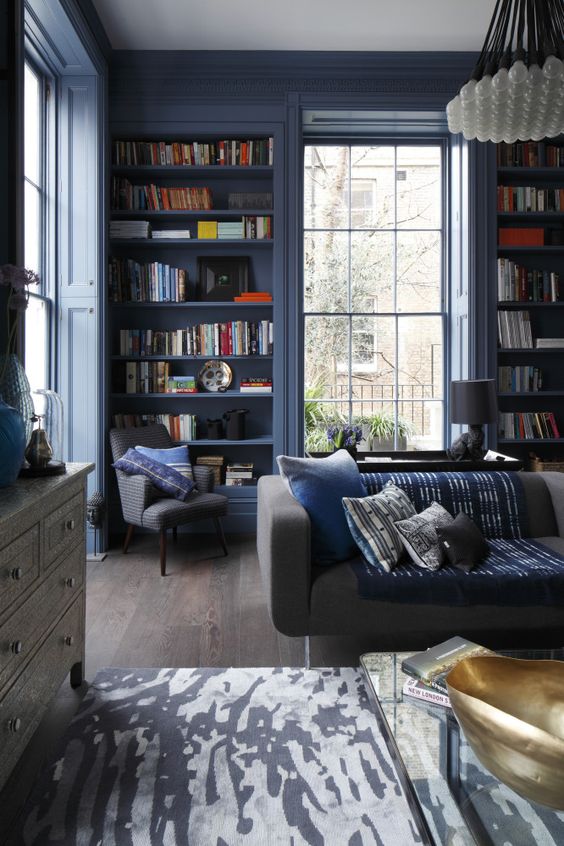
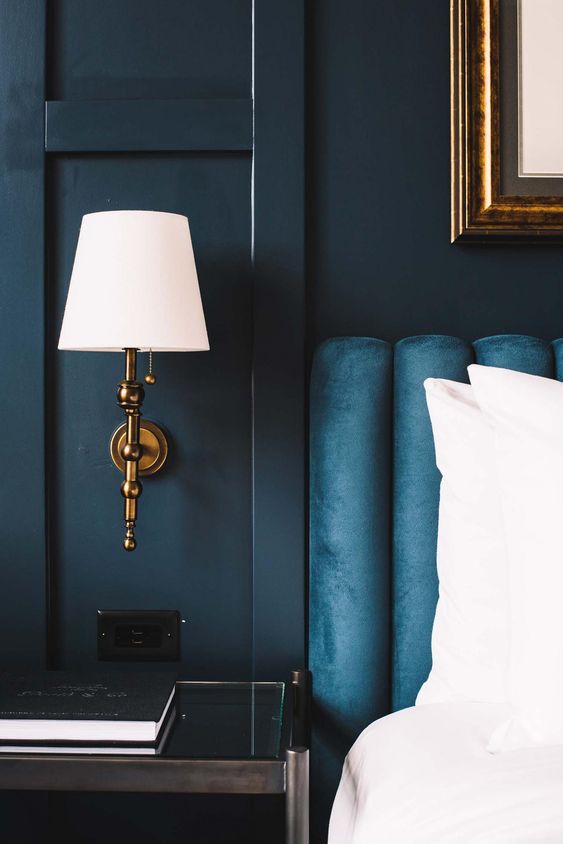
Avoid using Indigo in kitchen and dining rooms as blue can be an appetite suppressant!
Which colours should be paired with Indigo to create desired feel for a scheme?
Most colours will work well with Indigo, you just need to get the right tone of the pairing colour, picking the colour pallet for a scheme also depends on the tone you are trying to set in the space.
You can create a dramatic look by pairing Indigo with violet and mustard – the violet will harmonise with the Indigo, due to Indigo including a dash of violet in its makeup. Whilst the contrast of the mustard will stand out wonderfully against the deep backdrop of Indigo walls.
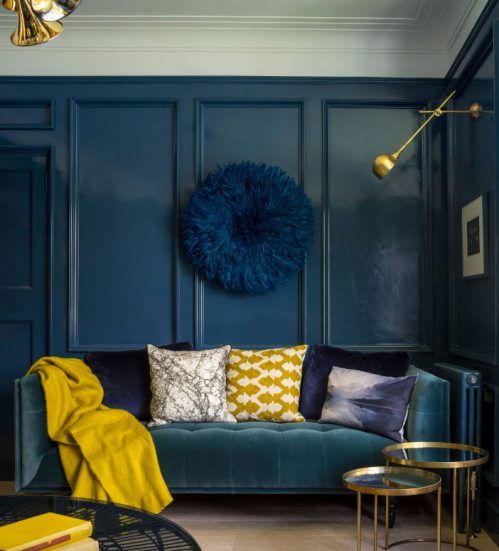
Pairing accents of Indigo with creams, browns and whites, will create a much more tranquil, earthy feeling, whilst adding some natural greening will add a contemporary twist on the traditional coastal style.This works great with traditional shibori dye inspired patterns on accessories such a cushions.
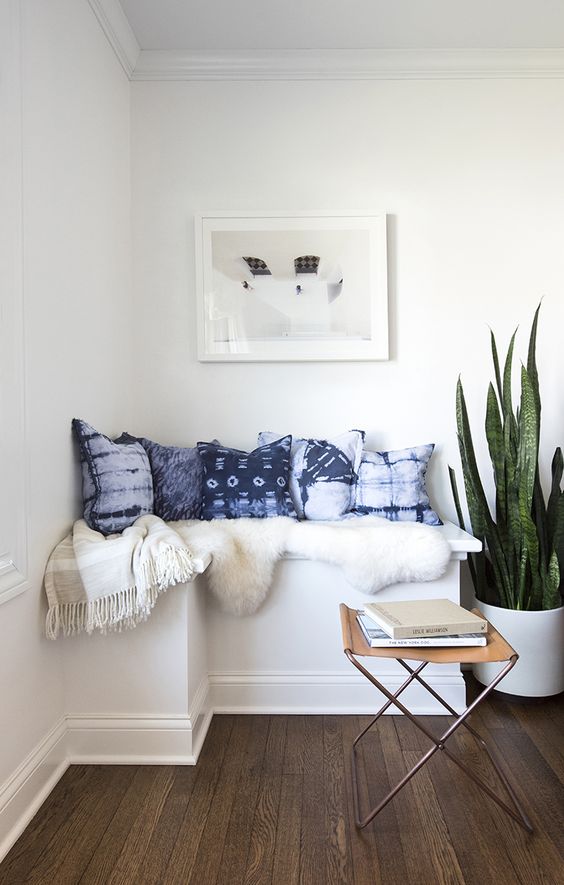
Pairing Indigo with any bright colour will create a bold, energetic twist to a scheme, think of the Indigo’s complementary colour orange or hot pink, emerald green, bold yellows – all will create a wow factor look!
